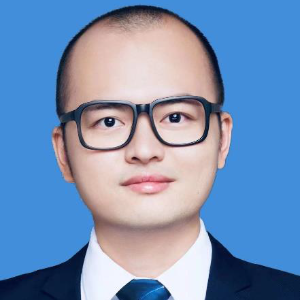Title : Causal structural covariance network revealing atrophy progression in patients with betel quid dependence
Abstract:
The structural covariance network (SCN) has provided a perspective on the large-scale brain organization. However, the successive structural impairment across brain regions is not well understood in betel quid dependence (BQD). In the current study, we enrolled 118 subjects including 67 BQD and 51 normal controls (NC). BQD assessment was conducted according to BQD Scale (BQDS) and BQDS>4 was diagnosed as BQD. Magnetic resonance imaging (MRI) scans were conducted for each subject on a 3 Tesla MR scanner (Skyra, Siemens Healthcare, Erlangen, Germany) equipped with a 32-channel standard head coil. High-resolution T1-weighted 3D anatomical images were acquired with a sagittal magnetization-prepared rapid gradient echo (TR/TE = 2300/1.97 ms, flip angle = 9o, FOV =256×256×192 mm3, matrix size = 256 ×256 ×192). The SCN as well as a casual SCN based on Granger causality analysis were applied to the T1-weighted 3D anatomical images of the subjects. The multivariate spatial ICA was used to extract SCN from the modulated gray matter segments for all participants using group independent component analysis for fMRI toolbox (GIFT). The CaSCN was generated by applying Granger’s causality analysis (GCA). Compared with that of NCs, the SCN was disrupted in the BQD subjects, with the thalamus being the most impaired node in the early stage. In contrast, the temporal lobe is the most impaired node in the late stage. These findings provide a comprehensive view of brain atrophy in the BQD and the relationships among brain atrophy in different regions, which may provide novel insight into the brain change for BQD.
Audience Take Away Notes:
- Provide novel insight into the brain change for BQD.
- Understand the successive structural impairment across brain regions in BQD
- Learn the SCN and CaSCN methods.



